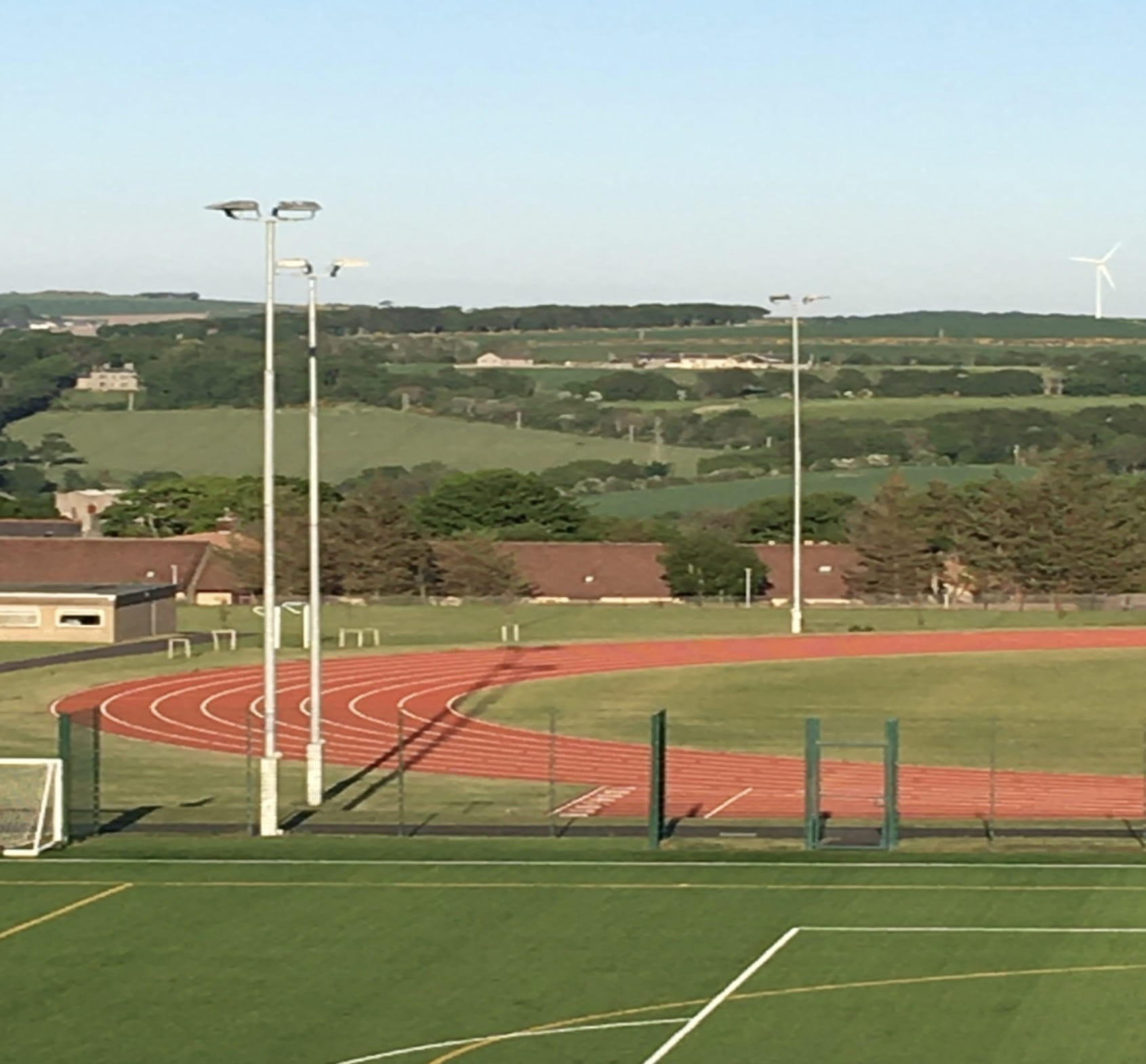By Marion Burns
Navigating the first hurdle: preparing safe spaces for our children
At practitioners and teachers consider the Scottish Government’s strategic framework for reopening early learning and childcare provision and schools in Scotland, I am reminded of the oft quoted phrase, ‘COVID-19 is a marathon not a sprint’. Inevitably, to take part in any race in life, you need to be emotionally fit, mentally prepared, and confident that you can pace yourself from start to finish. And at the same time doing your best to navigate whatever hurdles are placed in front of you. The government’s advice for preparing for this marathon reopening of settings and schools, is to take it slow and steady, because here in Scotland we are cautious, there is time, ‘our steps will be careful, gradual and incremental’ (p.16).
So while I don’t see too many folks competing to be first in reopening early learning and childcare settings and schools, detailed planning and considered preparations for safely reopening are going on remotely between senior leaders, practitioners, teachers and many others using a range of digital platforms. It is important to acknowledge that while many settings and schools across the country remain closed for now, some have never closed. Dedicated teams of educators in emergency hubs have been steadfastly providing much valued support for the children of key workers and children, who are entitled to support as defined by the Scottish Government. The ‘away teams’ I might call them, meanwhile educators in the ‘home teams’ are supporting in a myriad of ways, children’s learning at home.
Let me return to the word, ‘ready’ in a slightly different context. When we talk of being ready, I ask for what, for whom, and why do we need to quantify readiness? Debates within early childhood education about the concept ‘school readiness’ have focused on social, emotional and cognitive domains and whether the child is ready for school. I would argue children are always ready, ready to be challenged, to be loved, to laugh and play. A number of years ago I came across some American literature that shaped my thinking on the subject of school readiness. Basically, the literature kicked the notion of the child being ready for school into the long grass and instead turned the thinking on its head; acknowledging that the emphasis should be on ensuring the school is ready for the child (and family), and suggests that readiness is the interaction and fit between the child and his/her family, and the readiness of the school to teach that child, i.e. an interactionist approach. Personally, I prefer the word ‘prepared’.
To return then to the challenge that is laid out before us now; that is preparing our environments, our spaces to safely welcome our children and their families. If we adhere to the guidance; and for the sake of doing the right thing we must, I wonder what playrooms and classrooms will look and feel like to our children, our educators? Health and wellbeing and safety will be the guiding principles, but then they always have been. However, the arena we find ourselves in has changed. We need to prepare, slowly, cautiously and with the image of the child in mind.
Steady as we go will be the mantra, taking tiny steps towards a time when we can, be less anxious about that uncaught sneeze, accept unconditionally that cuddle that crept up on you from behind, invite the tearful mum or dad who just can’t bear to be parted from their child at the gate, to stay awhile and be reassured all will be fine.
This year the environment, of necessity will look and feel different to children and educators. I know this is causing great consternation for those preparing to reimagine their spaces to comply with the guidance and even greater frustration for those who know that the environment is the third educator. Surely they can be forgiven for resisting; a little, for pondering on the unknown impact these unwelcome changes will have on our children. Commendably, many practitioners and teachers will be ‘mind-minded: responsive, reflecting from the child’s point of view to help them understand what is happening’ (p.32). They will take a positive solution-focussed stance whilst rightly holding onto their deeply held professional values on early learning. Realising the Ambition says ‘we need to be able to view the environment through the eyes of the children we are working with’ (p.54) We will remain calm, reflective and mindful of what our children need most from us as we reopen our spaces for play.
In my experience, many educators view their profession with pride, stepping right up there to do whatever is required to support the children and families in their communities. I have seen in social media and in press coverage countless examples of selfless actions that go way beyond any small print in contracts. And why is this, because I have yet to come across a practitioner or teacher who ever wanted to do anything other than their very best for their bairns and families.
And lest we forget, a marathon is not a race that goes on forever, it will end.
Dr Marion Burns is HM Inspector with Education Scotland, previously HMIe. Her areas of specialism are early learning and childcare. She was previously HMI Lead Officer for early learning and childcare, and HMI Area Lead Officer for three education authorities in Scotland. She is passionate about children, play, transitions and implementing the ‘early level’ of Curriculum for Excellence as intended. She is enjoying part time working now having achieved Doctorate of Education in February 2019. She is a Committee member of SERA early years and Non–executive Board Member of Early Years Scotland.
Image copyright: Marion Burns
We would be grateful if you could kindly complete this brief questionnaire about this blog post. It will take you no more than 5 minutes. https://dundee.onlinesurveys.ac.uk/covid-19-and-transitions-individual-blog-post
